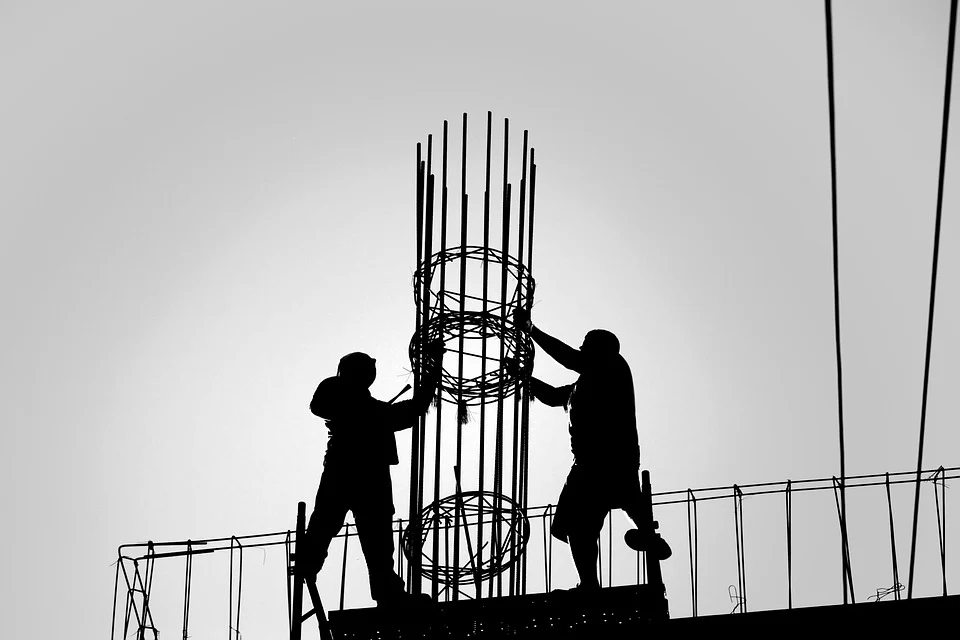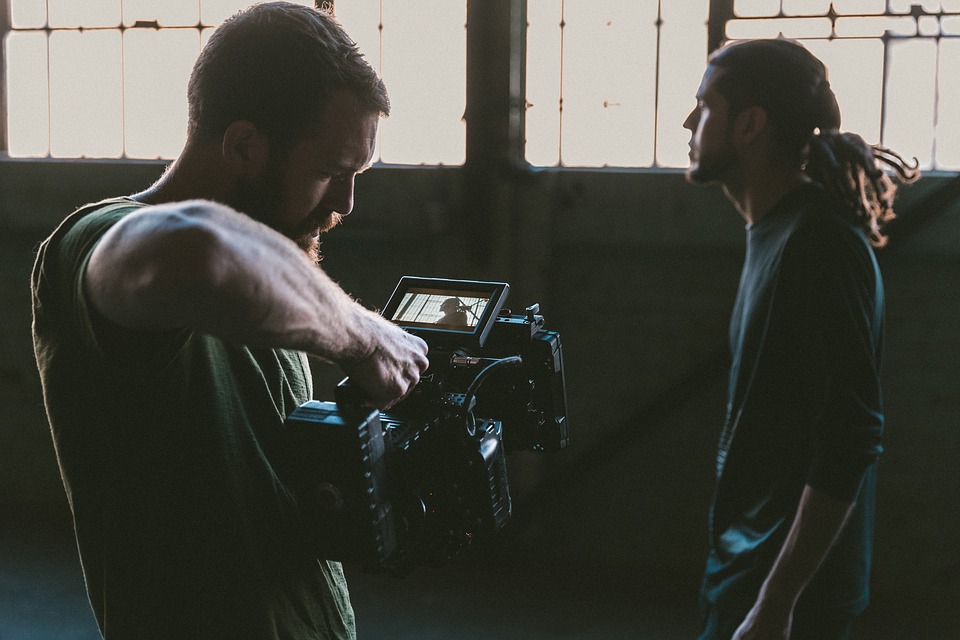Circumcision Sydney Melbourne is a surgical procedure that removes the extra skin at the end of the penis. It usually takes place under anesthesia in a hospital setting.
Urination may feel painful for several weeks, but painkillers can provide temporary relief.
Swelling
Swelling most commonly occurs between the line of circumcision and the ridge of the penis head (glans). This area will remain pink for several days following surgery.
Your son’s doctor may give him pain medications during this time to help alleviate his discomfort and reduce the risk of infection.
Your child’s doctor will also place a plastic ring over the foreskin during the procedure to stop blood supply. Usually, this ring falls off after seven to fourteen days.
As the wound heals, this ring may ooze a few drops of blood. However, these should be minimal and disappear once a diaper is applied.
Your child’s doctor will instruct you on how to care for the circumcision site after it has healed. It is essential that you adhere strictly to their instructions so as to reduce your son’s chances of scarring.
Bleeding
After circumcision, the area may experience some minor bleeding. This is perfectly normal and will subside after a few days.
Your doctor may apply a pressure dressing to the cut edge to stop bleeding. If this doesn’t stop the bleeding, Gelfoam(r) wrap may help accelerate clot formation.
Your son’s area where the skin was removed may appear red and inflamed, with a thin yellow film on top for several days. This is known as meatitis and should usually clear up within 3 to 4 days.
If the area bleeds profusely, contact your doctor immediately. He or she can prescribe painkillers and antibiotics to stop the bleeding.
Infection
Circumcision has been used for centuries to help prevent infection, pyelonephritis and sexually transmitted infections (STIs). Unfortunately, it can also have unintended consequences when performed by untrained healthcare personnel who fail to use sterile techniques.
Circumcision can lead to local, systemic or toxin-related infections that are usually not serious in nature.
The most frequent risk is bleeding, but skin bridges or inclusion cysts that appear along the edge of a surgical cut may occur due to accumulation of smegma within the incision or epidermis rolling over it during surgery.
Pain is also commonly experienced after circumcision. Usually, this occurs in the head of the penis but may also affect the foreskin. Fortunately, most of this discomfort will disappear within a few weeks as both wounds heal and your son’s incision heals. If however, the discomfort persists, you may need to take him to a doctor for further assessment.
Pain
In most cases, the pain experienced after circumcision is not particularly intense. However, the area may remain bruised and swollen for several weeks following the procedure.
Circumcision is a surgical procedure that removes the foreskin, or fold of skin covering the rounded tip of the penis, from an infant. Every year in America alone, more than 1 million baby boys undergo this surgical procedure.
The most common issue experienced after circumcision is pain in the area where the foreskin has been removed. Usually, this discomfort subsides within 3 or 4 days.
Another potential issue after circumcision is adhesions, or areas of tissue which stick to the skin. These can cause pain, inflammation and other issues.
In the UK, complications after medical circumcision are rare and most men don’t experience any major issues. Aside from initial swelling and bleeding, infection are the two most frequent problems that may arise following circumcision.




